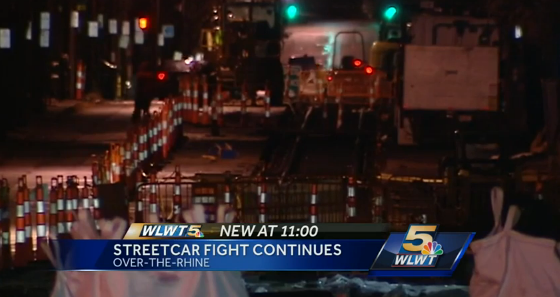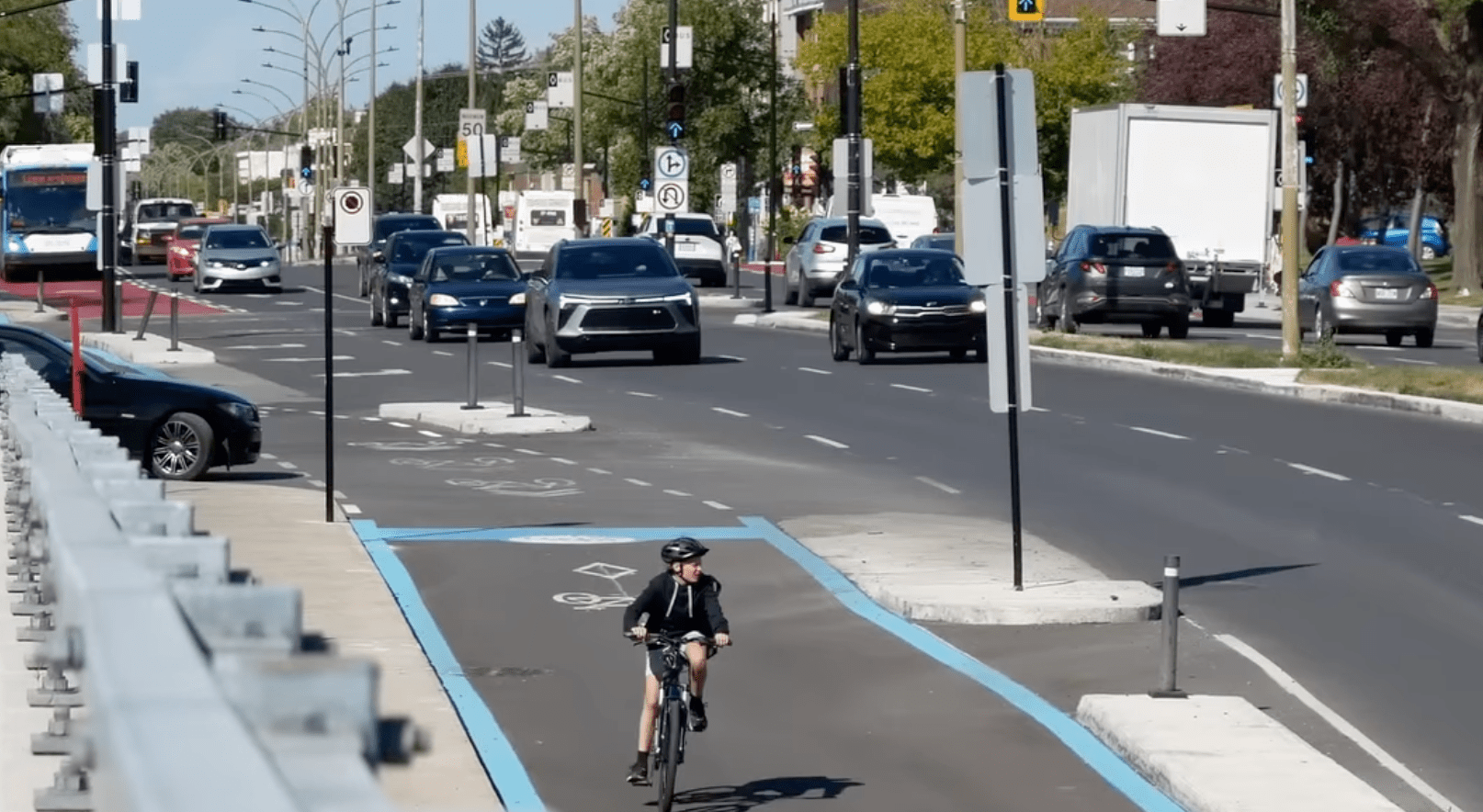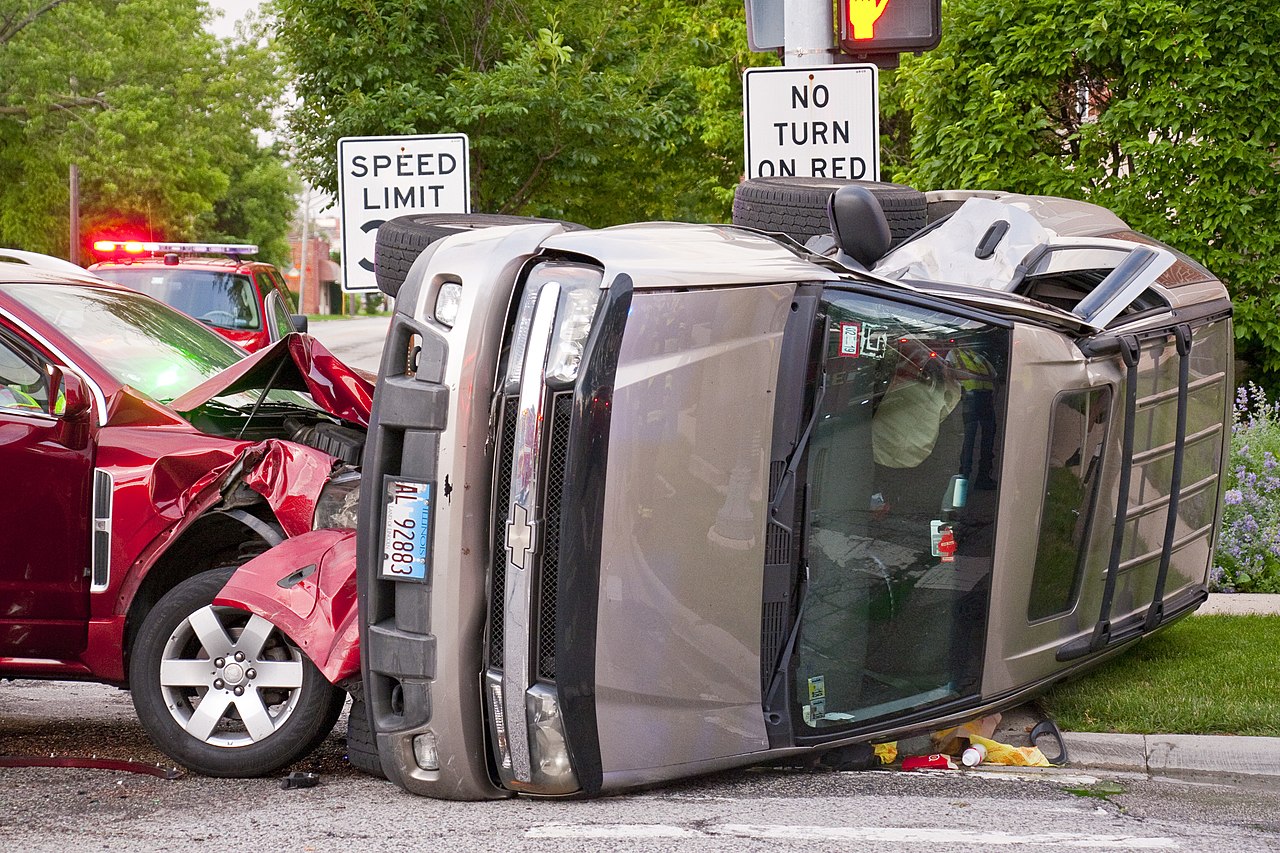Two days after Cincinnati voters elected anti-streetcar candidate John Cranley mayor, construction continues on the city's partially-built streetcar system.

Cranley called on the City Council to halt construction on the project Wednesday. A majority of the current council favors the streetcar, but that will change in a few weeks, when Cranley and the new council members are sworn in.
“They should immediately (stop it) and they should not be ordering these cars to be built three weeks before my swearing-in. I mean, seriously, look at who got elected yesterday," he told WLWT.
"I don't, I don't, I don't relish stopping the streetcar. I don't say, 'Yay, yay, yay, we get to stop the streetcar.' The fact is, it's just not worth the money,” he said.
The city has already spent $23 million on the streetcar and another $94 million is tied up in contracts on the $148 million project. Meanwhile, the federal government has indicated that its $45 million contribution cannot be used for other local projects, but Cranley plans to ask the feds to use it on an interchange anyway. If the project is canceled, there's also the question of whether the city would face years of costly litigation from contractors, like the lawsuits Wisconsin is facing right now for abandoning its commitment to high-speed rail.
Canceling the streetcar could actually cost more than completing it. Cranley told the Enquirer if that turned out to be the case, he would reconsider his position.
"This is completely unprecedented," John Deatrick, the city's streetcar project executive, told the Wall Street Journal. "It doesn't mean that it can't be done, but we just don't know at what cost yet."
Members of the city's business community complained about the abrupt change of course yesterday. Vik Silberberg, owner of Zula restaurant in the city's Over-the-Rhine neighborhood, told WLWT it'd be a shame to see the project stopped when so much energy was building around its construction.
“It was so exciting because everything what was talked about for so long is suddenly becoming reality and you're watching it and you're witnessing history,” Silberberg said. The streetcar project, as we reported last week, has spurred a wave of new private development along the corridor.
Our election was designed by mayor-elect Cranley to divide our city by pitting the inner suburbs against downtown. By doing so he created a great deal of jealousy and resentment among our citizens, and caused damage that won’t be repaired for years.
His policy of cancelling the streetcar, and reprogramming money for more highways and interchanges, will only cause more flight, while the national trend shows people want to move back into the urban core so they can enjoy walkable lifestyles.
City Council Member P.G. Sittenfeld, a streetcar opponent, indicated to the Wall Street Journal that he might be convinced to let the project proceed. There are "probably a hundred" questions that need to be answered, he said, before the council can make an informed decision about halting the project.





